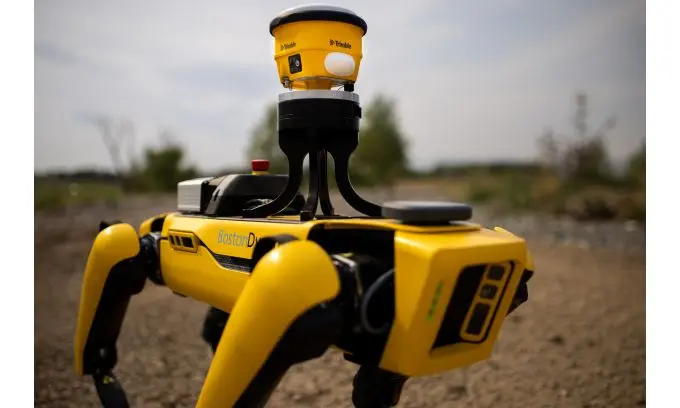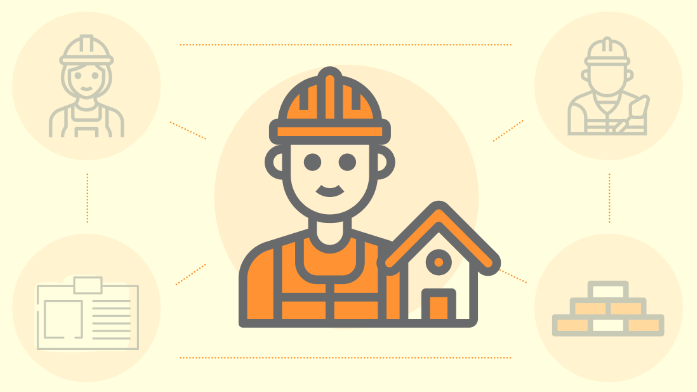
The construction industry has always been at the forefront of technological advancements, but the integration of automated surveying robots is set to revolutionize the sector dramatically. These innovative machines are not only enhancing the accuracy of measurements but also significantly boosting efficiency on construction sites. In this article, we will explore how automated surveying robots are reshaping the landscape of construction and what the future holds for this technology.
The Rise of Automated Surveying Robots
The emergence of automated surveying robots is largely driven by the need for precision and speed in construction projects. Traditional surveying methods, while effective, can be time-consuming and prone to human error. In contrast, automated robots utilize advanced technologies such as LiDAR, GPS, and high-resolution cameras to provide real-time data and accurate measurements. This shift not only minimizes the chances of mistakes but also accelerates the project timeline, allowing construction firms to complete projects faster than ever before.
Key Benefits of Automated Surveying Robots
1. Increased Accuracy: One of the most significant advantages of using automated surveying robots is the level of accuracy they provide. With the ability to gather millions of data points in a short amount of time, these robots ensure that every measurement is precise, reducing the likelihood of costly errors.
2. Enhanced Safety: Construction sites can be hazardous environments. By deploying automated surveying robots, companies can keep human workers away from dangerous areas. Robots can be sent into challenging terrains or locations with potential hazards, ensuring that human safety is prioritized.
3. Cost Efficiency: While the initial investment in automated surveying robots may seem high, the long-term savings are undeniable. Reduced labor costs, fewer errors, and shorter project timelines contribute to significant cost savings over time.
4. Real-Time Data Analysis: The ability to analyze data in real-time is another game-changer. Construction teams can make informed decisions based on accurate, up-to-date information, which can help in adjusting plans and strategies as needed throughout the project lifecycle.
Chart: Efficiency Comparison Between Traditional Surveying and Automated Surveying Robots
Below is a chart illustrating the efficiency comparison between traditional surveying methods and automated surveying robots:
| Surveying Method | Time to Complete (Days) | Error Rate (%) | Cost ($) |
|---|---|---|---|
| Traditional Surveying | 10 | 5 | 5,000 |
| Automated Surveying Robots | 3 | 1 | 3,000 |
The Future of Construction with Automated Surveying Robots
The future of construction seems bright with the continued integration of automated surveying robots. As technology advances, we can expect to see even more sophisticated robots equipped with enhanced features, such as artificial intelligence (AI). AI can analyze data trends and offer predictive insights, further improving decision-making processes in construction.
Moreover, the rise of Building Information Modeling (BIM) will complement automated surveying technologies. BIM provides a digital representation of physical and functional characteristics, and integrating this with data collected from robots can create a comprehensive view of the project. This synergy will lead to more efficient project management and execution.
Challenges and Considerations
While the benefits are clear, there are challenges associated with the adoption of automated surveying robots. The initial costs, potential technical issues, and the need for specialized training for operators are significant factors that companies must consider. However, as the technology matures and becomes more accessible, these barriers are likely to diminish.
Furthermore, the construction industry must embrace a cultural shift towards accepting automation and technology. This includes ongoing education and training programs to ensure that workers are equipped with the necessary skills to operate and collaborate with these automated systems.
Conclusion
In conclusion, automated surveying robots are poised to transform the construction industry dramatically. By enhancing accuracy, improving safety, and driving cost efficiencies, these robots are reshaping how construction projects are planned and executed. As technology continues to evolve, the future of construction looks promising, with automated solutions at the forefront of this transformation.









